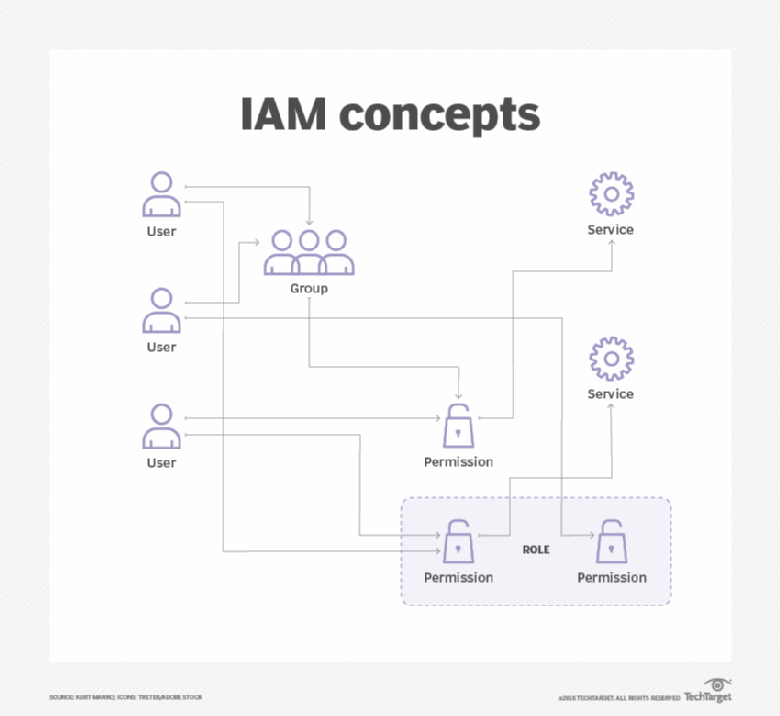
1 vmic vmic 22 Apr 4 09:21 /home/vmic/.awsrc > So, I've set up a directory with a set of config files, named awscfg-whatever.cfg containing the key and secrets for the various accounts, as follows: They also allow you to use a ~/.awsrc file, which I use for my autocompletion. The AWS environment provides quite a convenient setup for this, using configuration files in your ~/.aws directory. when using an AWS lab in a class, I might end up with access keys for that class, which I can use during the lab. So, those keys are associated with different AWS accounts, e.g. However, I have multiple AWS API keys, depending on what I am working on and which account the work is associated with. So I tend to at least document what equivalent AWS CLI commands are for whatever functionality I'm working on. Generally, I like to make sure that whatever I do using the AWS console on the web I can also achieve using the AWS cli (which is now based on boto, it appears they have phase out the Java based CLI). At this point we've looked at federation technologies (such as SAML), but haven't yet implemented this. Generally we follow the AWS best practices for security and set up IAM accounts with restricted functionality that can access only the resources that are appropriate for the completion of the task at hand. High availability is achieved by data replication across various data centers around the world owned by Amazon.At my current job, I have a need to be access multiple AWS accounts. Many users can be added to IAM groups and different permissions can be granted to different users for accessing of various AWS resources. To test this go to Amazon s3 and an error will be displayed showing “Access Denied” as the policy does not allow access to the s3 service. The policy which was associated with the given user was Amazons3ReadOnlyAccess. The user will have the policies associated with it applied to it.
#AWS QWIKI LABS IAM ROLES PASSWORD#
Paste in another window of the browser and use the username and password of the particular user to sign in to the user. Get to the IAM console Dashboard and copy the IAM user sign in link given in the page. Click manage password and the password for the user can be changed. Three policies were selected for this lab including – require at least one uppercase letter, require at least one number and allow users to change their own password.įrom the users’ tab select the user and select security credentials.

The users’ tab displays all the available users and which group each of them belongs to.įrom Account settings tab the password policy for the user can be edited. The user1 is added to the ec2support group. Three users were created for the lab user1, user2, and user3.įrom the group tab in the dashboard a group named ec2support group is created. From the Attach policy tab select the policy AmazonEC2ReadOnlyAccess.

The names can be selected as per the user needs. Three users were created for this particular lab.

The IAM page will be displayed and from the dashboard located on the left different options including Groups, Users, Roles, Policies, Identity providers, Account settings and Credential reportįrom the dashboard select the users’ tab. – Manage user accounts passwords and policiesįrom the AWS console select IAM which is located under Security, Identity & Compliance.

This lab will give you a brief introduction about: Users can be centrally managed using IAM. This is a web service which can be used to users and user permissions in AWS.


 0 kommentar(er)
0 kommentar(er)
